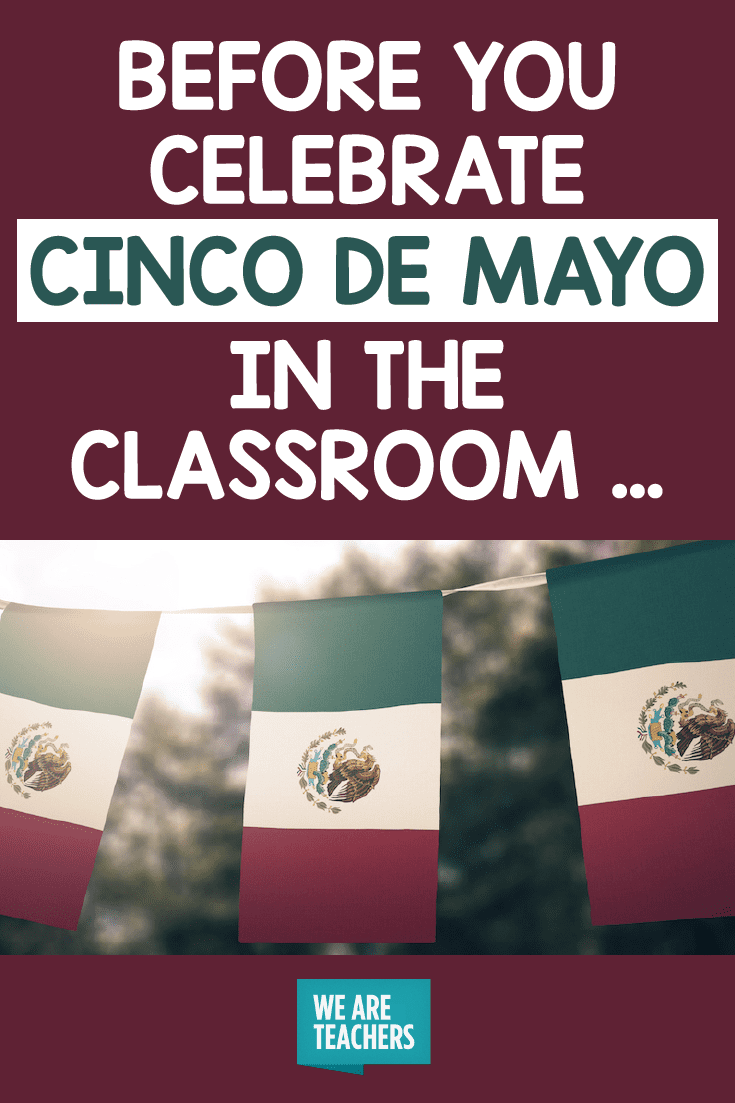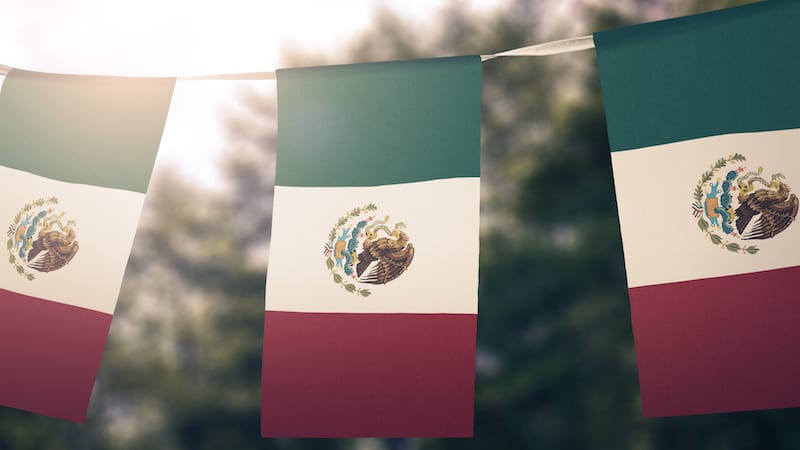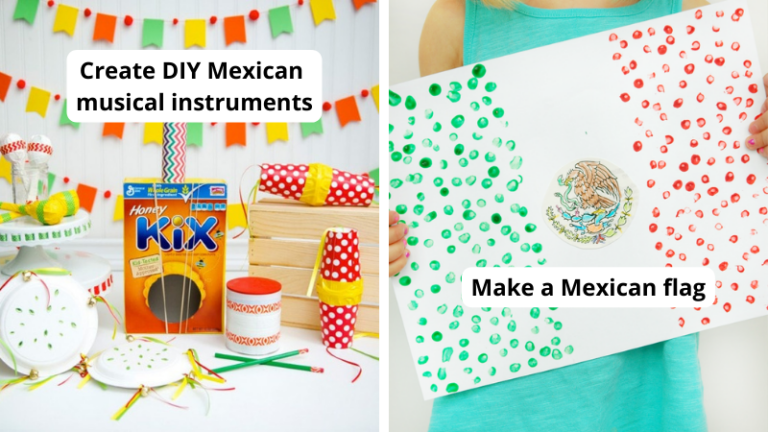Let’s talk about Cinco de Mayo and those coloring sheets. You know the ones I’m talking about. They pop up on Pinterest and on bulletin boards around this time of year. Imagine sombreros and Mexican flags with “Cinco de Mayo” written in a flowery script.
A coloring sheet may seem like a harmless way to commemorate Cinco de Mayo in the classroom. But when it comes to celebrating a cultural holiday, especially if that culture is not yours, a coloring sheet or a “craftivity” can appear tacked on and superficial.
Honor, don’t advertise.

Cinco de Mayo, Spanish for “the fifth of May,” is a minor Mexican holiday. It’s the celebration of a mostly symbolic victory over the French in 1862. It’s not Mexico’s Independence Day, nor is it a big holiday in Mexico.
Over time, Cinco de Mayo was taken up by some Mexican Americans to celebrate their Mexican heritage, like Irish Americans might celebrate St. Patrick’s Day.
And, like St. Patrick’s Day, Cinco de Mayo has also become a way for businesses to sell food and alcohol. Ads for all kinds of things pop up in late April, urging people to get together and celebrate. I love an excuse to eat tacos as much as the next girl. But I’ve never felt that doing so on Cinco de Mayo constituted a thoughtful reflection on Mexican culture.
Advertising reduces holidays to shallow or even inaccurate representations to the point that we often overlook what we are actually celebrating.
As educators, we have an obligation to go further than advertisers do and, you know, educate. If we decide to “do something” for Cinco de Mayo in the classroom, we need to make sure we are honoring the holiday rather than advertising it.
Here are some questions to ask yourself before planning that classroom cultural celebration:
What’s my goal?

Teaching another country’s history and celebrating their culture is a big responsibility. First and foremost, you need to know what it is you are commemorating, including the event’s significance.
Consider your objectives when teaching about a holiday like Cinco de Mayo. Do you want to teach the event’s history, or do you want to focus on culture and traditions? Does your lesson plan truly meet those objectives? Hint: Sugar cookies decorated to look like sombreros meets neither objective.
While Cinco de Mayo is a historical event, it is often used in American classrooms to teach about Mexican or even Mexican American culture. Again, advertising would tell you Mexican and Mexican American culture are the same thing, but they are quite different. As a teacher, it’s up to you to do your homework to make sure you are presenting accurate information.
Am I going deep enough?

Consider how you can go more deeply than surface celebrations and extend your lesson beyond a coloring sheet or craft. Do you include meaty historical, cultural, or biographical content?
How you spend your class time shows what you value, so it’s also important to think about how much time you dedicate to studying other cultures throughout the entire school year.
Are you just taking 15 minutes out of one day to celebrate an entire culture, or do you authentically weave that culture into your curriculum? Do you feature people from that culture throughout the year when you talk about your state’s history or do a biography study?
Am I treating this holiday with respect?
As a California girl with Mexican heritage, I was excited that the school I taught at in New York had a cultural study of Mexico as part of its curriculum.
Most of my students and colleagues grew up far away from Mexico and weren’t well versed in Mexican culture and history, and I was hyper aware of stereotypes and misconceptions about Mexico. I wanted to make sure my students respected and understood its rich, diverse history beyond what they saw in commercials and in the news.
Another teacher in my grade team pulled me aside one day to look at a slide show she’d made for her class. On every page, in full color, was a cartoon taco with a sombrero and a mustache. My colleague wanted to know if I thought her slide show was okay. What she was actually asking was if I thought it was offensive.
So, as diplomatically I could, I explained that the cartoon taco was a stereotype. It sent all kinds of simplified and negative messages about Mexico and its people. In the end, my colleague decided to keep the cartoon taco because “they eat tacos in Mexico.” *Heart breaks*
While I was upset, I also vowed to do a better job of educating my students about other cultures. My goal is to ensure that those cultures are respected equally. I want to make sure that each lesson gives the right weight and tone.
Always in the back of my mind is the Cultural Golden Rule: Am I treating another culture with the respect I would want for my own culture? Am I advertising a single aspect of a culture, or am I honoring all of it?
Be sure to ask yourself these questions as you prepare to celebrate Cinco de Mayo with your students.
Will you be teaching about Cinco de Mayo in the classroom? What are your thoughts on celebrating another culture’s holidays? Come and share in our WeAreTeachers HELPLINE group on Facebook.
Plus, 50 tips and tricks to facilitating a more inclusive classroom.


